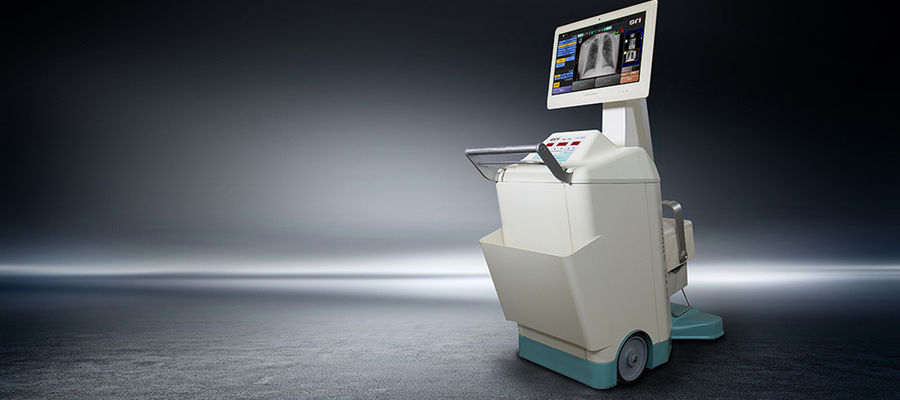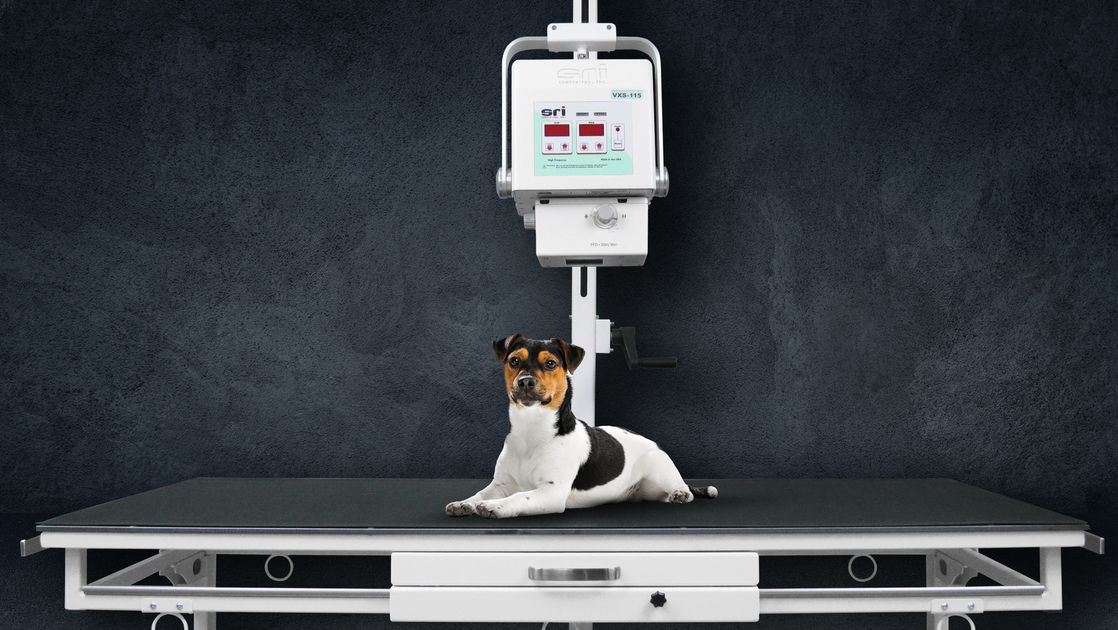X-ray basics, what it is, why it's important

X-ray machines have been around for a long time. But what makes them so important?
X-rays are a form of electromagnetic radiation that can pass through the parts of the body and produce shadow-like images of bones and other body organs. An x-ray procedure can help doctors diagnose, monitor, and treat many medical conditions.
History
Physicist Wilhelm Conrad Rontgen discovered X-rays on November 8, 1895—accidentally—while he was testing if cathode rays could pass through glass. He was indeed surprised when an incandescent green light escaped from his cathode tube which was covered in heavy black paper and projected onto a nearby fluorescent screen.
He found that the mysterious light would pass through most substances but leave shadows of solid objects in his experiments. He didn’t know what the rays were so he called them ‘X,' meaning ‘unknown,' rays.
The physicist then found that X-rays would pass through human tissue too, rendering the bones and tissue beneath visible.
Why is an X-ray performed?
X-rays are used to confirm and assist medical practitioners to make a diagnosis and monitor their patient's health problem.
X-rays are performed:
to detect bone injuries
to check for bone deformities
verify healing of bones
verify healing after surgical implants such as knee and hip replacements
verify placement of other medical devices such as implantable pumps and catheters
examine an area where you are experiencing pain
monitor the progression of the patient’s health condition like osteoporosis
determine if a prescribed treatment is working
to diagnose existing/potential oral care problems in a patient's mouth (dental x-ray)
How should you prepare for an X-ray?
Your preparation depends on the type of X-ray you need. Ask your physician to provide you with specific instructions for your x-ray exam.
Contrast materials
In some types of x-rays, you’re given a liquid called contrast agents, a substance that will help improve the image quality produced by the x-ray machine.
You may swallow the contrast medium, given as an enema, or administered to you as an injection.
It is crucial that you advise your doctor if you are allergic to iodine or seafood.
How is the procedure performed?
An x-ray technician or radiologist can perform an x-ray in a hospital's radiology rooms, a dentist's office, a clinic or urgent care centers that specialize in diagnostic procedures. In some cases where the patient's mobility is a problem, x-ray procedures are done at the patient's bedside using portable x-ray machines. Your x-ray technologist or radiologist will instruct you how to position your body to create clear images. You need to stay still while the images are being taken so the clearest images possible can be obtained.
What are the possible side effects of an X-Ray?
Only small amounts of radiation are used to capture images of your body during x-rays.
The contrast material you ingested may cause side effects.
These include:
hives
itching
nausea
lightheadedness
a metallic taste in your mouth
Is it safe to have an X-ray procedure during pregnancy?
Exposure to radiation from x-rays during pregnancy doesn’t increase the risk of miscarriage, birth defects, and physical or mental development problems.
However, there is a very small increased risk that the baby may develop cancer in childhood. This is the reason why the dose of radiation used in an x-ray procedure should be the lowest dose for applicable for pregnant women. Always let your medical provider know you are pregnant or suspecting that you might be pregnant. They will take this into account during the assessment of your treatment options. Also, if you had a diagnostic x-ray before you knew you were pregnant, make sure your doctor is informed.
After the X-ray
You can immediately resume normal activities. Routine X-rays usually do not have side effects. However, if before the test you received a contrast material, drink plenty of water to help rid your body of it. Take note of those signs and symptoms to watch for and inform your doctor if in case you are experiencing them after your procedure.
Results of the X-ray Procedure
X-ray images are saved digitally on computers, which can be viewed on-screen within minutes. The radiologist is the one who will view and interpret the results. A report will be sent to your doctor regarding your results. Your doctor will then explains the results to you. Of course these are all very basic for the seasoned x-ray pro, but this gives you a basic understanding of the wonder that is x-ray technology.
Popular Posts
-
How Mobile X-Ray Systems Are Transforming Wildlife Rehabilitation
3 weeks ago -
Portable X-Ray Systems: Bringing Diagnostic Care to the Home
1 month ago -
Portable X-Ray Systems: Advancing Tuberculosis Detection in Correctional Medicine
1 month ago -
The Advantages of Portable X-Ray Systems in Sports Medicine
2 months ago -
How X-Ray Thickness Gauging Improves Accuracy and Safety
2 months ago
Source-Ray
REIMAGINING X-RAY
Your Trusted Partner in the Design & Manufacture of X-ray Generators and Medical Systems
Get in touch with our X-ray experts
We're here to help you with all your X-ray needs


